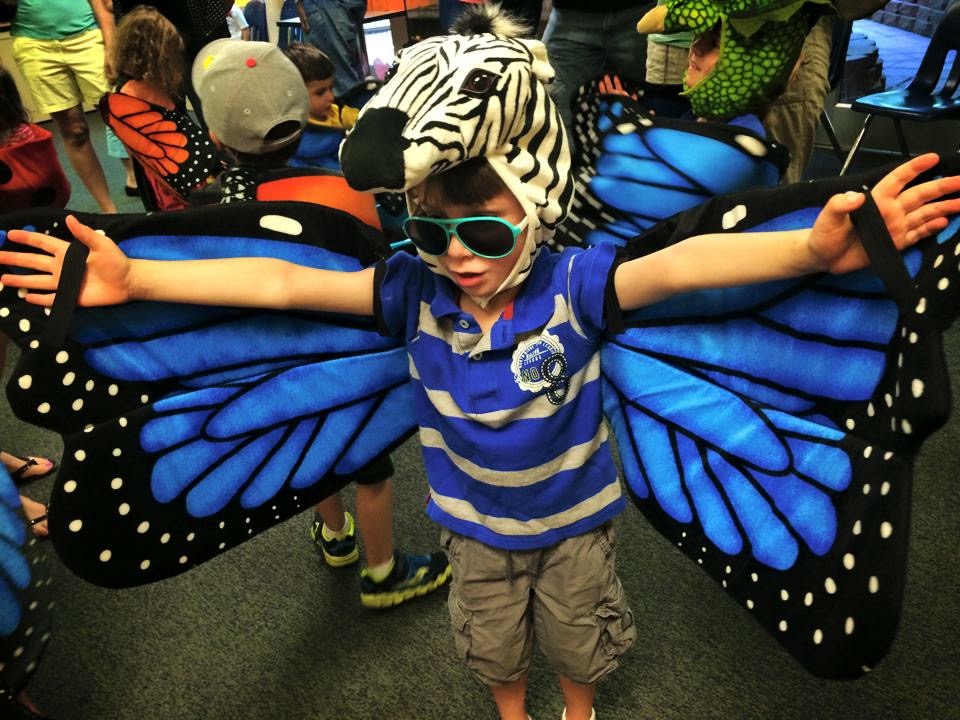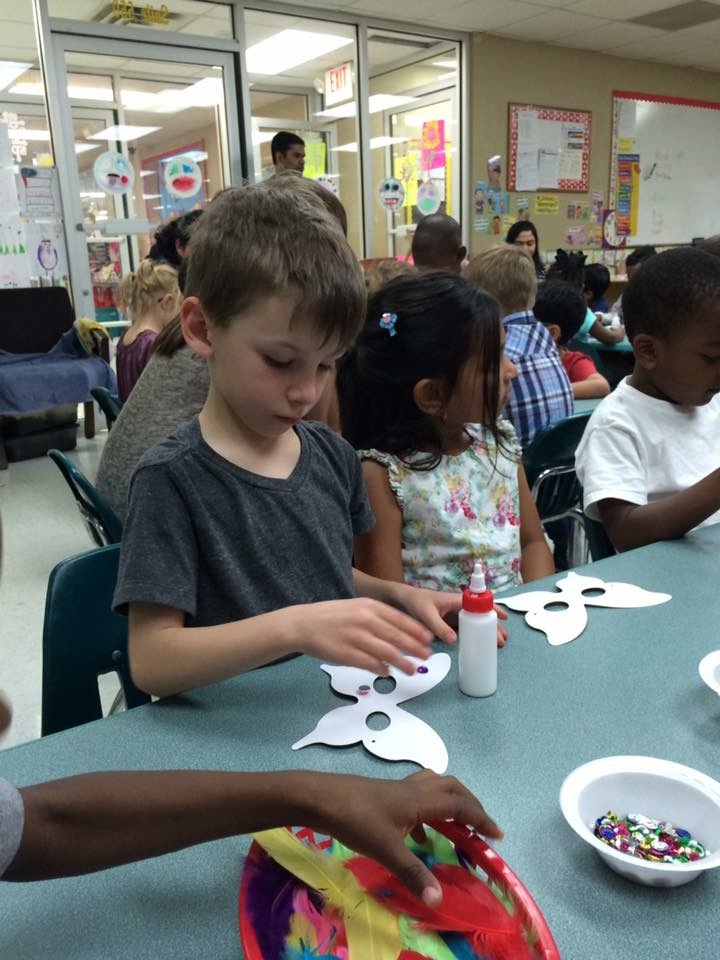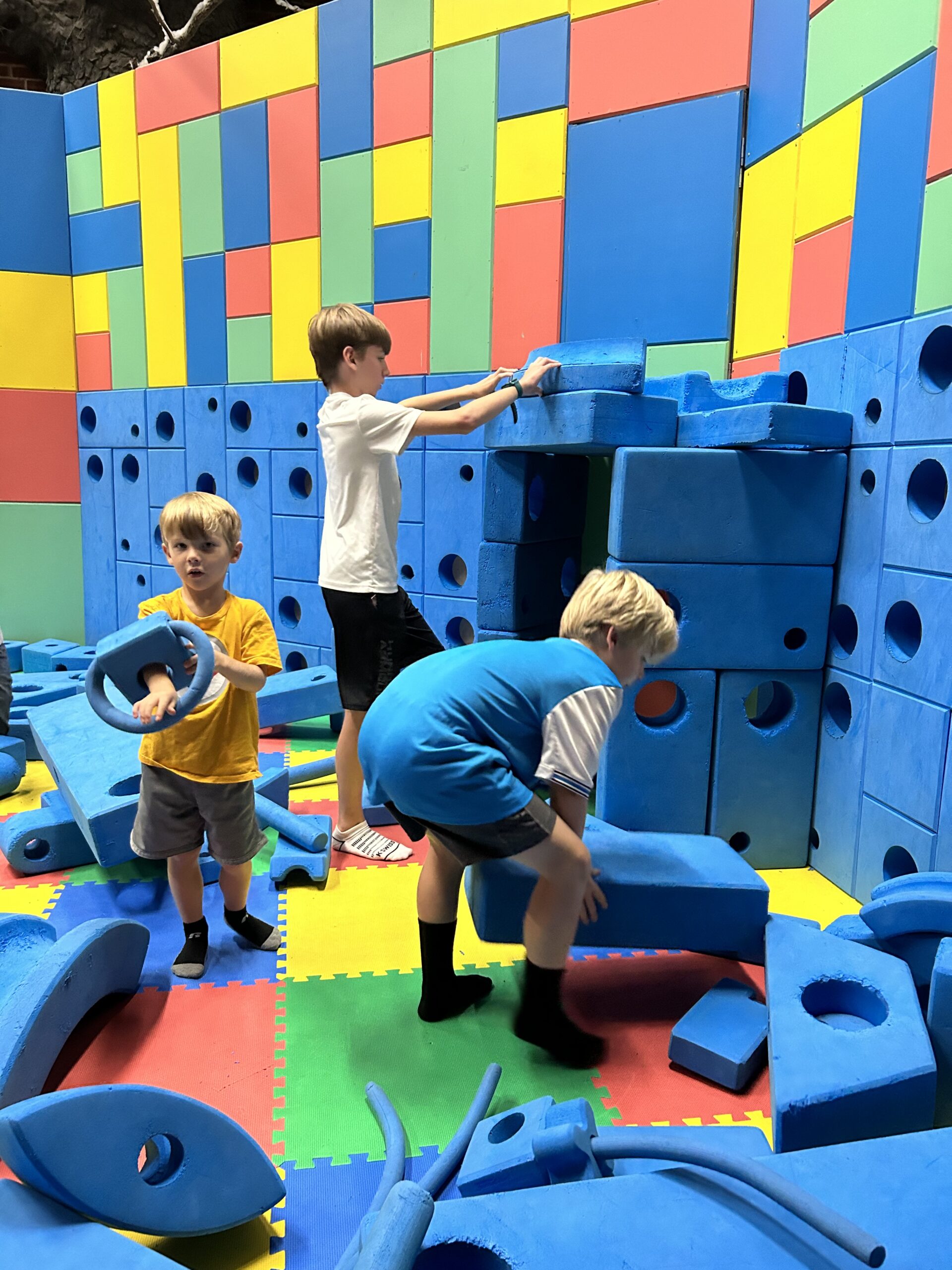Museums are an excellent place for students to learn history and science. Museums immerse students in the past so they see, touch, and hear how the past evolved. They have various exhibits that bring history to life. Students experience cultural, artistic, historical, and scientific artifacts from the past and bring them to life. Museums are where abstracts become real for students.
Museums not only have artifacts and exhibits, but they also offer programs for students that teach and inspire them to pursue future careers. Students learn through informal teaching in an unstructured and spontaneous environment.
Some museums offer STEAM classes (Science, Technology, Engineering, Art, and Mathematics). They allow students to learn and practice creatively. Through enhancing student engagement, students’ inequalities disappear.
Museums of the Past
In the past, museums were places to store artifacts from history or to display artwork. They served as temples for preserving treasures. Today, their role includes educational purposes. They provide perspectives and tools to help students interpret modern society. They also offer active, experiential learning outside the classroom, helping students understand the world.
Today’s Changes
Museums have continuously changed over history. Today, they serve to bring communities together. They recognize the importance of art and the humanities. However, many professional development classes for teachers do not include museum education. Thus, teachers aren’t aware of its educational benefits. Plus, teachers lack the know-how to incorporate the learning into the everyday classroom.
Most museums spend billions of dollars each year on activities for students. These include special programs for students on the autism spectrum, English as a Second Language, and students with other cognitive impairments.
According to the American Alliance of Museums, “museums are a more reliable source of historical information than books, teachers, or even personal accounts by relatives.” They provide resources for cultural enrichment, education and learning, art appreciation, historical exploration, social activities, scientific activities, quiet areas for self-reflection, and events.
Museums act as centers of learning for students. They introduce students to a variety of topics and provide them with many experiences. Students are free to explore exhibits and shape their understanding of the past, present, and future. It sparks their curiosity to see things in a new way. It also helps students interact with their peers in a different learning setting, which brings new interests to light.
Museums need to be visited often. Their exhibits change regularly, as do events. Therefore, there is something different to see each time.



